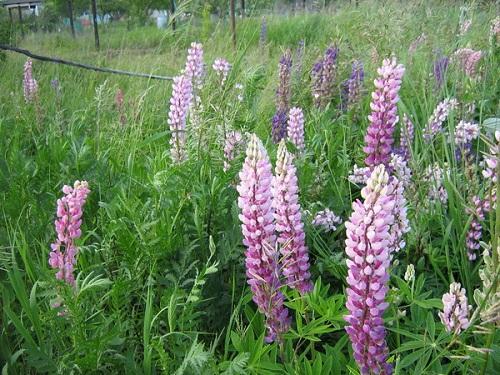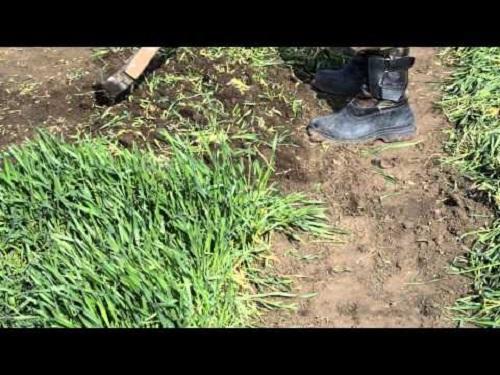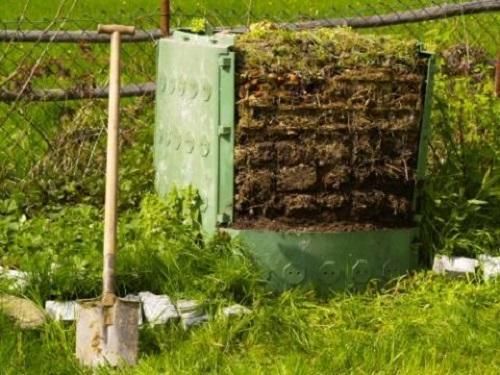Using lupine to fertilize potatoes
Probably, there is no family in which potatoes are not eaten. Boiled, fried or baked potatoes in the oven, in salads or as a separate dish - in general, you need decent supplies. And here for the lucky ones who have their own garden, the question arises - how to make sure that the harvest does not chop up, and it is not expensive for the pocket? The siderates will come to the aid of the gardeners. Among the variety of herbal green fertilizers for potatoes, lupine is widely used.
The positive effect of using lupine as a green manure

Lupine is recommended for use on poor sandy soils, as well as acidic or heavy. It is important to immediately determine which variety of green manure is suitable for a particular soil. A yellow variety of lupine is suitable for fertilizing sandy soils, and white lupine for calcareous soils.
The most frost-resistant is the blue variety, and the drought-resistant white lupine.
When using lupine as a green manure, the following effect is achieved:
- The financial expenses for the purchase of nitrogen fertilizers are reduced.
- Potato yield increases.
- Sowing lupine has a beneficial effect on the health of gardeners in connection with the disappeared need for the use of mineral fertilizers, which can cause stomach diseases.
In addition, lupine secretes special compounds that inhibit the growth of bacteria in the soil, which lead to potato diseases such as scab and root rot.
Sowing dates for lupine
Sowing lupines is recommended starting from early spring to autumn, every year in a new area or after harvesting early vegetables. Most often, the plant is planted in early May. Summer planting of lupine is also practiced in the month of July.
Before sowing, the soil must be loosened, make rows with a distance of about 15 cm between them. Sow the seeds at a distance of 6 cm, while not planting deeply. On average, one hundred square meters go from 2 to 3 thousand grams. Lupine care includes timely weeding and loosening of row spacings.
Since lupine is a member of the legume family, no other legumes can be grown on the site after it.
Ways to use lupine as fertilizer
Method 1. After the buds appear, the green mass should be mowed and immediately embedded in the soil 8 cm deep, while the thickness of the green manure layer should be at least 6 cm. Plant potatoes in this area in the spring.

Method 2. Make compost from the cut plant. Put lupine crushed with a shovel into the compost pit and add a little fertile soil according to the principle: a layer of grass (up to 30 cm thick) - a layer of soil (6 cm). Moisten the compost heap periodically. In autumn and spring, it must be shoveled to ensure air access inside and left to ripen. Plant potatoes on the site where green manure grew. Since lupine has made the soil looser with its root system and enriched it with phosphorus and nitrogen, the potatoes will root deeper and will not suffer during drought. As a result, its yield will increase. After the potatoes are dug up, add last year's already ripe compost to the vacated area.

The advantage of the second method is that a single planting of green manure is used twice:
- in the first year of planting potatoes, the root system is used as fertilizer;
- the next year, compost from green mass serves as fertilizer.